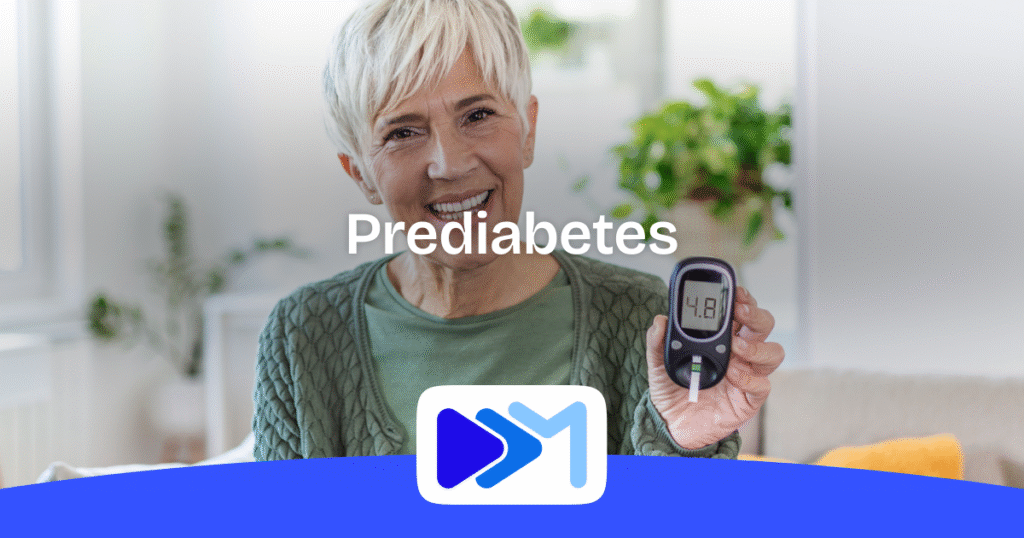Prediabetes is a condition that often catches people off guard. Many don’t experience symptoms, yet their blood sugar levels are elevated enough to signal trouble ahead. Fortunately, a prediabetes app can be a powerful tool to monitor health trends, encourage healthier habits, and prevent the development of type 2 diabetes.
As mobile technology becomes more integral to everyday life, an app offers a unique opportunity to manage your health in real time, anywhere, anytime.
Why a Prediabetes App Matters
The transition from prediabetes to diabetes can happen silently, but it is not inevitable. Slight changes in nutrition, activity, sleep, and stress management can dramatically improve outcomes. A prediabetes app helps track those slight changes over time, making it easier to stay on course.
Think of a prediabetes app as a digital assistant. It reminds you to eat better, move more, and monitor progress. It can replace guesswork with data and replace inconsistency with structure.
Key Features of an Effective Prediabetes App
The most helpful app for prediabetes is designed to support behavioral change. Rather than focusing solely on data entry, these apps must offer actionable insights and guidance. Here’s what to look for:
- Meal Tracking and Nutrition Insights: Understand your carb intake, meal timing, and overall dietary balance.
- Activity and Movement Goals: Movement tracking is essential, whether it synchronizes with a smartwatch or includes its pedometer.
- Glucose Awareness Tools: Even occasional logging can help you spot trends and prevent spikes.
- Habit Coaching: Push notifications, small challenges, or reminders to help create sustainable changes.
- Visual Progress Reports: Seeing your progress in graphs or charts can reinforce your motivation.
A well-rounded prediabetes app not only helps users stay consistent but also educates and empowers them along the way.
Who Should Use a Prediabetes App?
Anyone with elevated fasting glucose, insulin resistance, or risk factors such as obesity, sedentary behavior, or a family history of diabetes should consider using a prediabetes app. It’s particularly useful for:
- People are trying to prevent diabetes without medication.
- Individuals are new to healthy eating or fitness routines.
- Users manage multiple wellness goals at a time.
- Those who prefer digital tools over in-person coaching.
Even people who aren’t diagnosed but want to improve metabolic health can benefit from an app for prediabetes as a proactive tool.
Everyday Support That Builds Long-Term Results
One of the biggest challenges in prediabetes management is consistency. It’s easy to start strong and then lose momentum. A prediabetes app acts as a supportive reminder to stay engaged.
You might log your meals in the morning, check off for a walk at lunch, and review your progress before bed. Over time, these touchpoints create rhythm and awareness. Many apps also allow users to export their data to healthcare providers, making medical appointments more informed and efficient.
Some advanced apps now use artificial intelligence to predict glucose trends based on previous behavior, allowing users to adjust before a spike even happens.
Why a Prediabetes App Works
Behavior change is difficult. But the interactivity, personalization, and on-the-go accessibility of a prediabetes app make that process more manageable. By bringing data to life and translating goals into daily tasks, these apps increase the likelihood of sustained progress.
Instead of feeling overwhelmed by long-term goals, users are encouraged to take one manageable step at a time, with guidance, feedback, and motivation built in.
Move Forward with Confidence Using a Prediabetes App
Managing prediabetes requires effort and consistency, not perfection. An app makes that easier by turning your smartphone into a reliable health partner. Whether you’re looking to tweak your habits or make a major lifestyle shift, the right app gives you the tools to succeed.
Start exploring your options today and let a prediabetes app support your journey to better health, one step, one meal, and one day at a time.


